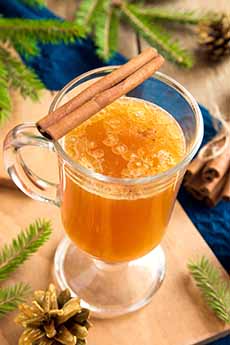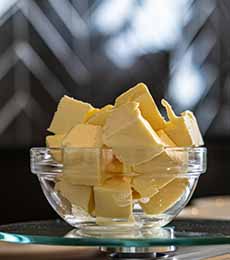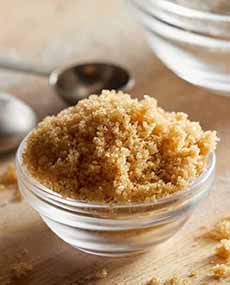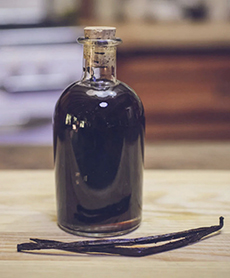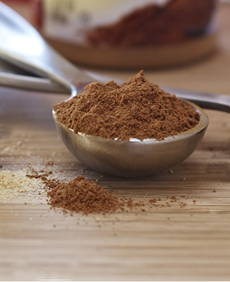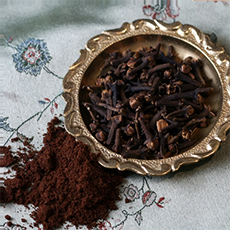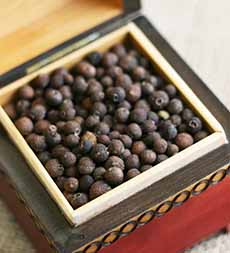Hot Buttered Rum Recipe & The History Of The Drink
|
January 17th is National Hot Buttered Rum Day. We’ve always been piqued about why Colonial Americans put butter into a mug of hot rum, so we drilled down. First, what is hot buttered rum? It’s a toddy with butter. What’s a toddy? A toddy, or hot toddy, is a warm cocktail concocted to add a moment of warmth to chilly weather. It’s made with whiskey, sugar, hot water, and optional spices, those being the “winter spices”: allspice, cinnamon, cloves, and nutmeg. For hot buttered rum, the recipe is the same, with the substitution of rum for whiskey* and the addition of butter. Why butter? Modern sleuths have been unable to find the reason. Perhaps it was as simple as: In older times, a pat of butter was simply stirred into the hot rum, which was sweetened with sugar, spiced with what we now call “winter” spices, and diluted with hot water. These days, establishments and home mixologists who serve hot buttered rum tend to make a “batter” of the non-liquid ingredients—butter, sugar, and spices —in advance, and freeze it until needed. They find the finished drink less “oily” than floating a pat of butter on top of the hot drink. Yet there are as many variations on the hot buttered rum recipe as there are for eggnog. Some people replace the butter in hot buttered rum with ice cream, cream or milk, as some egg nog makers use ice cream instead of whipped cream. Some people replace the water with cider. Vegans can replace the butter with coconut oil (or these days, vegan butter). These variations are not so different from the olden days, when Colonials added fruit, cream, and even eggs (which created egg nog) into their hot buttered rum, in addition to the butter, sugar, and spices. While the original recipes may have called for the butter to be spooned on top of the rum mixture, this recipe takes the modern approach, making a spiced butter “batter” first. We also have recipes for: Prep time is 5 minutes. The ratio is 1 cup rum: 1/2 cup butter: 3 cups water. You can make the spiced butter/batter, in advance. Keep it frozen until needed—unless you plan to use it up in the short term, in which case it can go into the fridge. For The Spiced Butter (a.k.a. Batter) 1. COMBINE in a large bowl the butter, light brown sugar, vanilla extract, cinnamon, ground cloves, ground allspice, ground nutmeg, and a pinch of salt. In a mug or a heat-proof glass… 2. ADD 2 ounces of rum and 6 ounces of hot water. Top with 2 tablespoons of the spiced butter mixture and stir to combine. Serve. In his book “Imbibe!,” historian David Wondrich traced the addition of butter in hot drinks to the reign (1509-1547) of King Henry VIII of England. It might have been a hot toddy or a hot punch. Hot buttered rum came much later, since rum was a Caribbean spirit that didn’t gain traction until the 17th century, when enslaved sugar plantation workers figured out how to distill rum from molasses. With that discovery, molasses was imported to the Colonies from Barbados, Jamaica, Martinique, and Santo Domingo. It was turned into rum, and thence traded to England [source]. New England had hundreds of distilleries churning out rum. It was ubiquitous and inexpensive. “At the peak of its popularity, colonials supposedly consumed more than five gallons of rum per person each year, paying mere shillings per gallon,” writes Katherine Hysmith in t.e.l.l. New England magazine. It was drunk by men, women, and children, as a safe alternative to unreliable water supplies (a practice brought to the colonies from Europe). “Rum was often combined with all manner of tonics including spring water, citrus juices, freshly grated spices, small and dark beers, warmed through with cream, hot butter, or whipped into a frenzy with eggs. And recipes varied from tavern to tavern and house to house,” Hysmith says. Hot buttered rum became less popular as the country turned its focus to whiskey in the latter part of the 19th century (an issue to do with taxes jacking up the price of rum markedly). Both whiskies imported from Scotland and Ireland and America’s own domestic distillates—bourbon whiskey, rye whiskey, rye malt whiskey, malt whiskey, wheat whiskey, Tennessee whiskey, and corn whiskey—moved in on rum sales. But the drink popped up again in legendary bartender Jerry Thomas’s 1887 recipe manual, “The Bartenders Guide.” Hot buttered rum appeared revived two-plus generations later in the 1940s, with “Trader Vic’s Book of Food & Drink,” which focused on rum cocktails. *Rum and whiskey are both distilled spirits, but they are different from each other. Here’s a discussion of the differences. |
|
|
|
|
||
